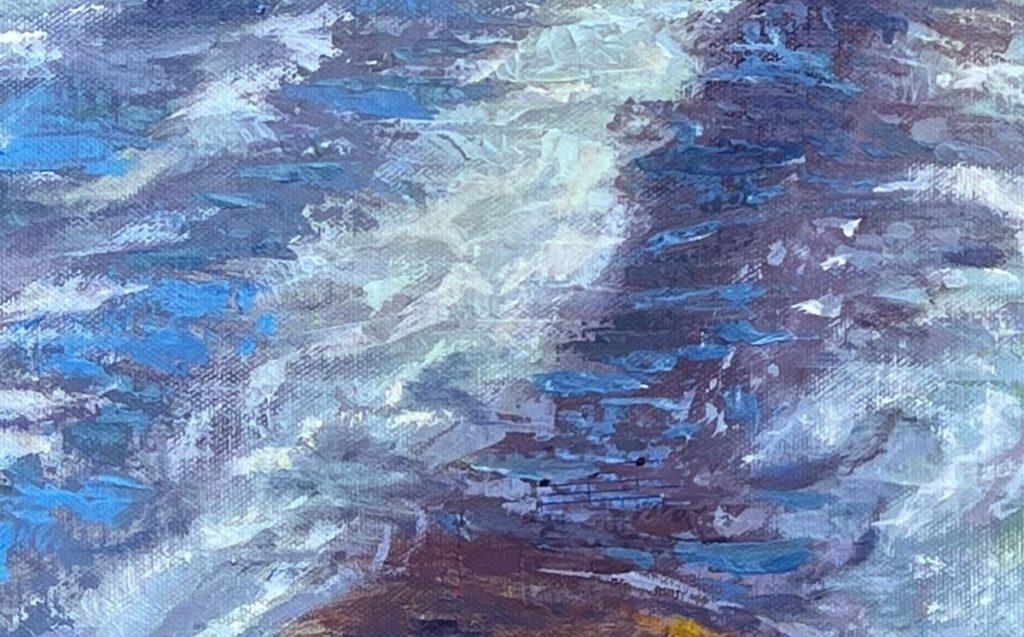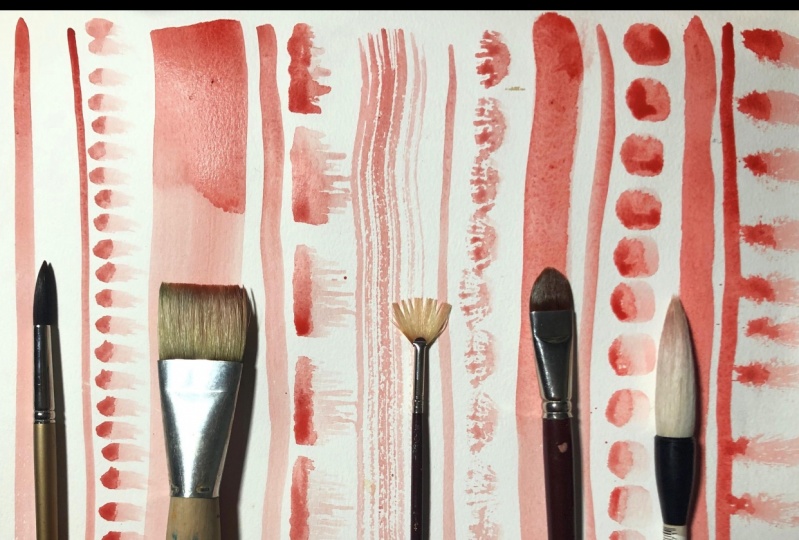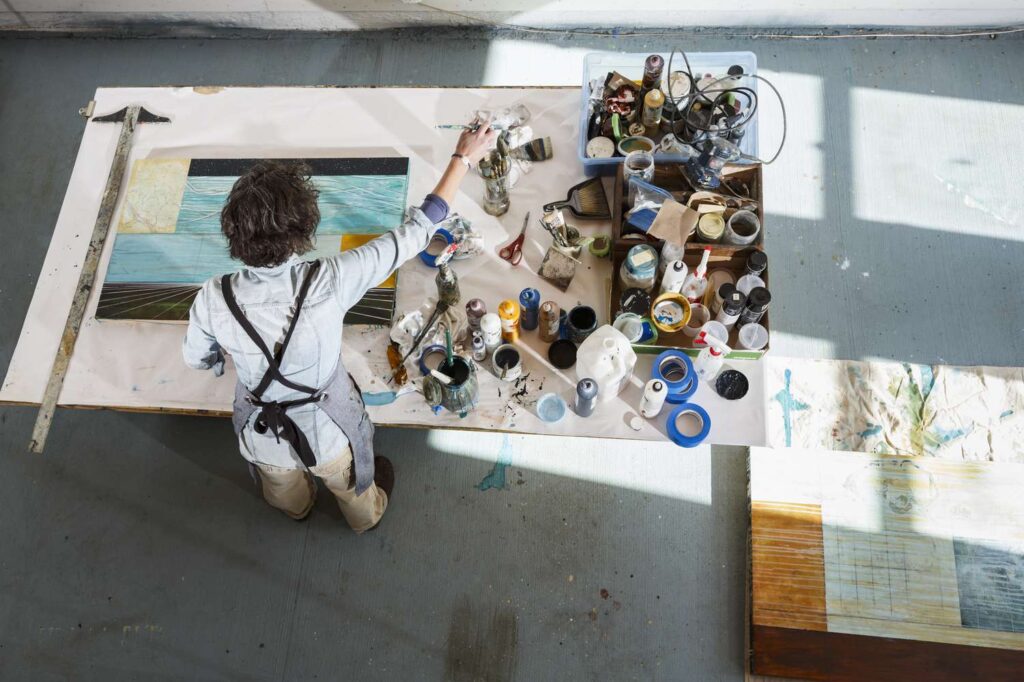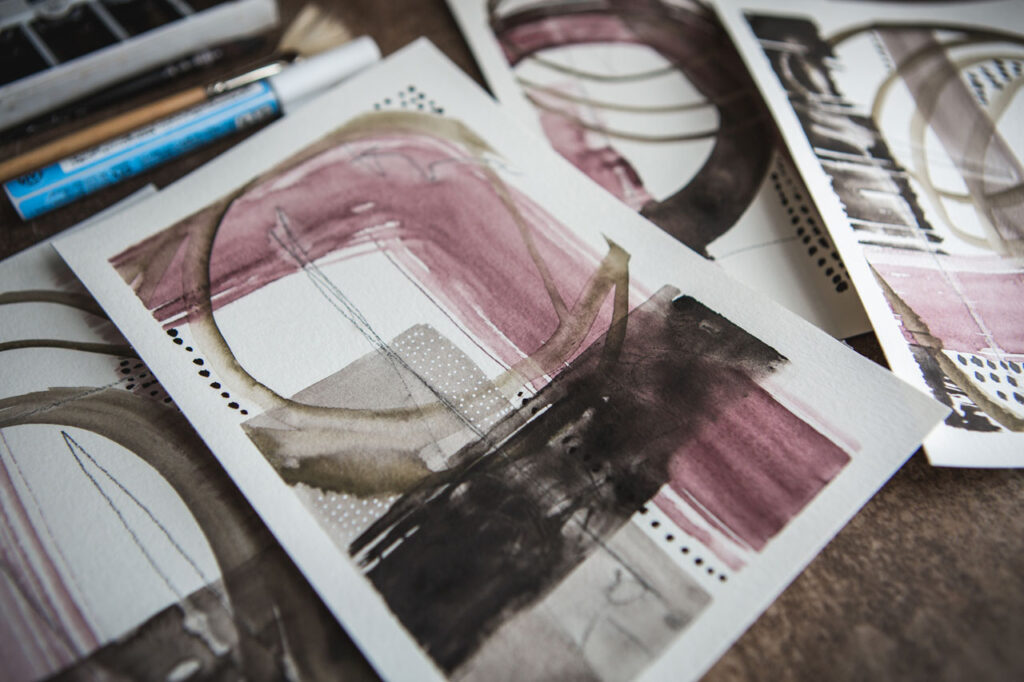When it comes to creating custom artwork, mastering different techniques is essential. One technique that forms the foundation of any artist’s skill set is brush strokes. Understanding how to use brush strokes effectively can elevate your artwork to new heights, allowing you to create stunning pieces that captivate the viewer.
This article will explore various brush stroke techniques, delve into advanced applications, and uncover other essential art techniques that every custom artist should know.
Understanding the Basics of Brush Strokes

Before diving into advanced brush stroke techniques, it is crucial to understand the basics. Brush strokes are the marks made on a canvas using a brush or other painting tools. These marks can vary in length, thickness, and direction, giving your artwork different textures and visual effects.
The Importance of Brush Stroke Techniques
Every brushstroke you make contributes to the overall composition of your artwork. Whether aiming for a realistic representation or an abstract expression, brushstroke techniques play a pivotal role in achieving your desired outcome.
Understanding the impact of brush strokes on your artwork is the first step toward using them effectively. Experiment with different brush sizes, pressures, and angles to create other effects. Practice controlled brushstrokes for precise detailing or loose, expressive strokes for a more impressionistic style. You can infuse your artwork with depth, movement, and emotion by honing these techniques.
Different Types of Brush Strokes
Brush strokes come in various forms, each with its artistic purpose. By familiarizing yourself with these different brush strokes, you can expand your creative repertoire and explore new possibilities.
Blending brush strokes
These brush strokes are used to create smooth transitions between colors. You can gently blend different hues to achieve a seamless, harmonious effect in your artwork.
Impasto brush strokes
Impasto brush strokes involve applying thick layers of paint to the canvas, creating a textured surface that adds depth and dimensionality to your artwork.
Hatch and cross-hatch brushstrokes
These brush strokes involve drawing parallel or intersecting lines to create shading, texture, or patterns. Hatch brushstrokes consist of lines going in one direction, while cross-hatch brush strokes involve crisscrossing lines.
Dry brush strokes
Dry brush strokes use minimal paint and pressure, making a rough, textured appearance. This technique is often used to depict texture or create a sense of energy and movement.
Exploring Advanced Techniques

Once you have a solid understanding of the basics, it’s time to explore advanced brushstroke techniques to take your artwork to the next level.
One such technique is creating texture with brushstrokes. By varying the pressure, speed, and direction of your brushstrokes, you can simulate the texture of different surfaces, such as fur, wood, or fabric. This adds a tactile quality to your artwork, engaging the viewer’s senses and bringing your creations to life.
Manipulating Light and Shadow
Another advanced application of brushstrokes is manipulating light and shadow. You can create the illusion of depth and form by strategically placing brushstrokes of varying colors and values. This technique adds a three-dimensional quality to your artwork. It gives it a sense of light and atmosphere, immersing the viewer in your artistic world.
Beyond Brushstrokes: Other Essential Art Techniques
While brushstrokes may be the cornerstone of your artistic toolkit, there are other techniques that every custom artist should master.
Color mixing is one such technique. Understanding how different colors interact and blend is crucial for achieving your artwork’s right hues, shades, and tones. Experiment with primary colors and explore color theory to expand your color palette and create captivating visuals.
Another vital technique is the art of composition. Composition refers to how elements are arranged within a piece of artwork. Understanding design principles like balance, contrast, and focal points allows you to create a visually pleasing and harmonious composition. Experiment with different arrangements to find the one that best conveys your artistic message.
The Role of Mediums in Custom Art

In addition to brushstrokes and other art techniques, the choice of mediums also plays a significant role in custom artwork. Mediums refer to the materials used to create art, such as oil paints, acrylics, watercolors, or mixed media.
Choosing the Right Medium for Your Art
Each medium has its unique characteristics, advantages, and challenges. Consider factors such as drying time, texture, color vibrancy, and archival properties when selecting a medium for your art. For those looking to immortalize a moment, a custom oil painting portrait offers a timeless and classic appeal, capturing every emotion with depth and intensity. You may also experiment with different mediums to find the one that best suits your artistic style and vision.
If you’re considering taking this route, find an exceptional platform specializing in personalized portraits. Their skilled artists bring memories to life, ensuring that every brush stroke tells a unique and personal tale, transcending beyond the ordinary.
How Mediums Affect Brushstrokes and Techniques
It’s important to note that different mediums may affect brushstrokes and techniques differently. For example, watercolors lend themselves well to transparent washes and delicate brushwork, while oils allow for rich, layered brushstrokes. Understanding how your chosen medium interacts with brushstrokes and techniques will help you make intentional artistic decisions and achieve the desired effects.
The Journey to Developing Your Artistic Style

Developing your own artistic style is an ongoing journey as a custom artist. While mastering various techniques is essential, it is equally important to experiment and explore different types and approaches to find your unique voice.
Experimenting with Different Techniques
Continual experimentation is critical to artistic growth. Embrace the opportunity to try new techniques, push your boundaries, and step out of your creative comfort zone. Give yourself the freedom to make and learn from mistakes, allowing your style to evolve and transform over time.
The Evolution of an Artist’s Style
Remember that an artist’s style is not static. It evolves as you gain experience, refine your skills, and delve deeper into your creative journey. Embrace the changing nature of your style and embrace the unexpected. Your unique artistic voice will continue to develop and blossom as you embark on this lifelong creative adventure.
Final Words
Brushstroke techniques are pivotal to the essence of custom artwork. Perfecting these methods, embracing varied artistic practices, the profound impact of mediums, and refining your style allows your work to resonate deeply with audiences. Remember, each brushstroke tells a story – your story.
If you want to create a piece that captures a personal memory or moment, consider partnering with Memorialize Art. Their expertise in custom art ensures your memories are seen and felt with every glance.

